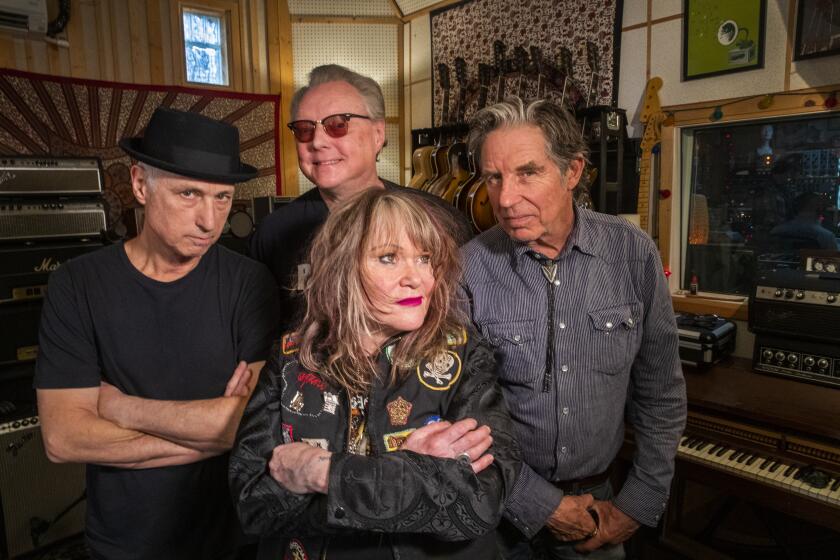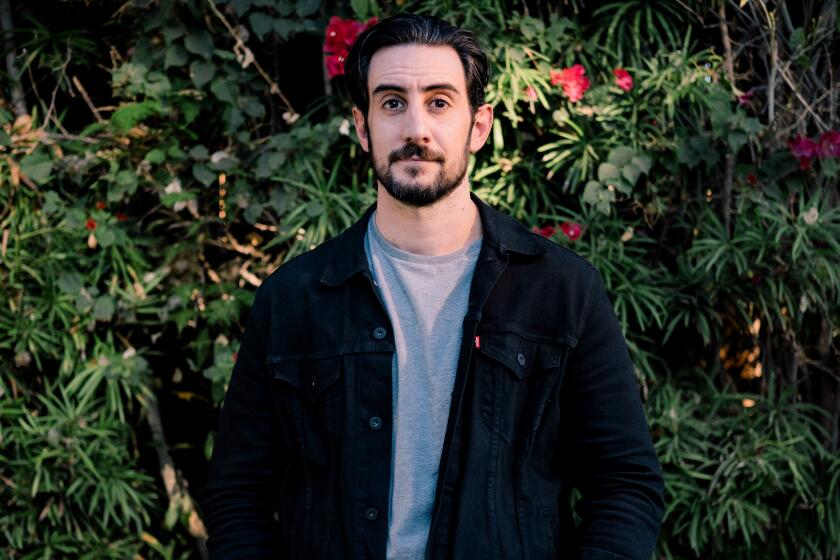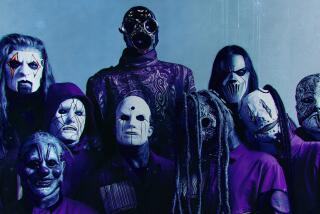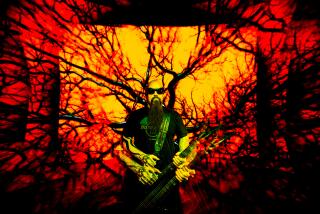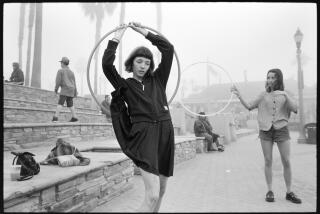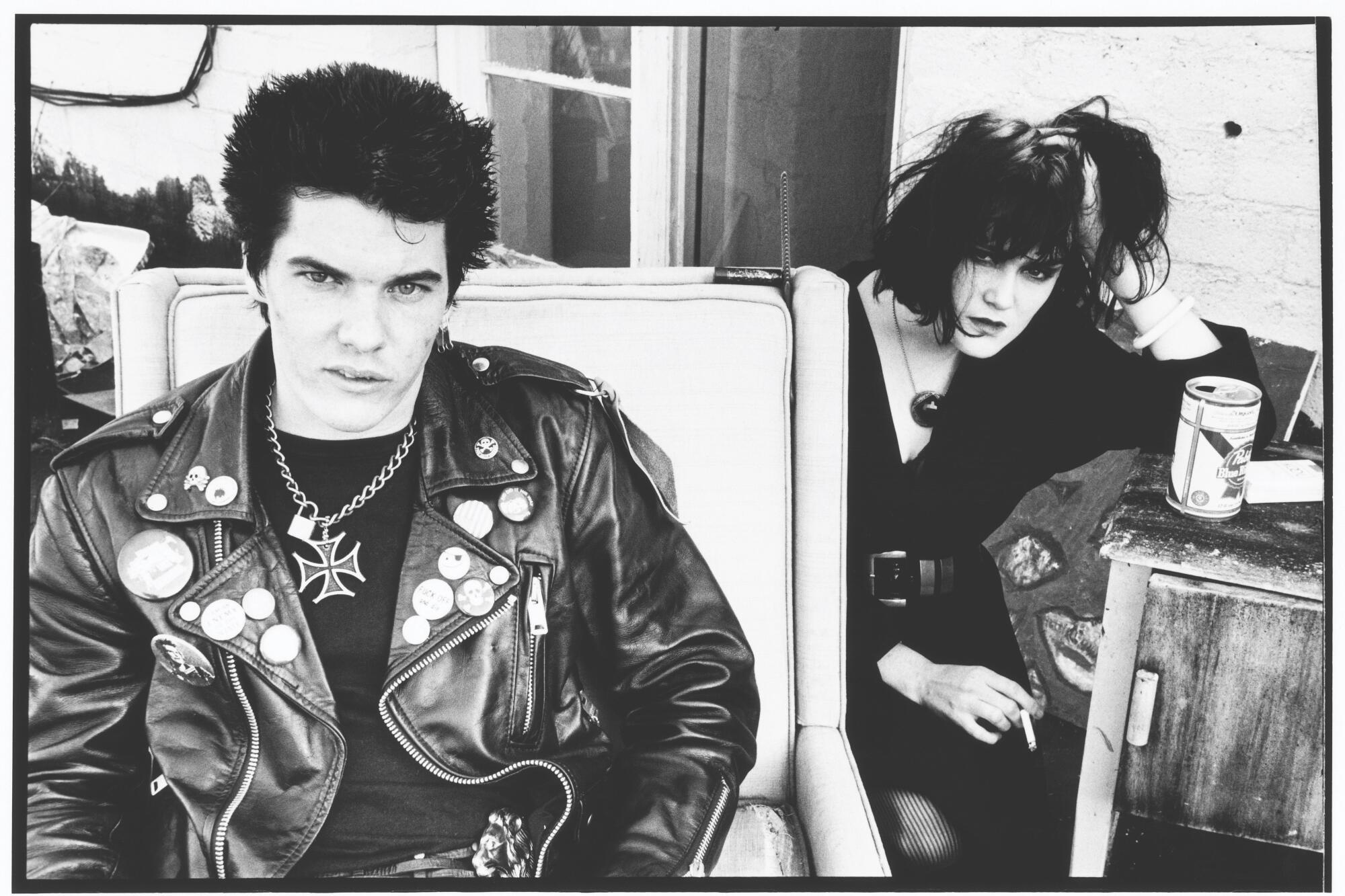
The Damned were the first English punk rock band to tour the U.S. With a pair of shows at the Starwood in spring 1977, the group galvanized the early L.A. punk scene. But it wasn’t just the music that sent shockwaves around the Southland, capturing the attention of Angelenos who thought the punk phenomenon was limited to London and New York. Their impact had as much to do with the images — and the image-maker.
Melanie Nissen’s stark black-and-white photograph of the Damned’s singer, Dave Vanian, adorned the cover of the first issue of Slash, the arty-punk zine she co-founded with her partner, Steve Samiof. The magazine inspired scores of local bands to pick up instruments, and over the years, Nissen’s images have spawned countless reinterpretations — most recently on the album art for Playboi Carti’s “Whole Lotta Red” mixtape in 2021.
Thanks to Nissen’s photographs, Slash made local heroes out of the Bags, the Germs, the Screamers, the Weirdos and many others. “Hard+Fast,” Nissen’s new book, collects many of the photos she took between ’77 and ’80. Some were previously published in Slash; others are being seen for the first time.
I spoke with the San Fernando Valley native about what L.A.’s most notorious punks were really like — and about the stories behind a few iconic photographs.
It all began as an art project.
What was your life like before you started Slash?
I worked in a bookstore for many years. That was my career before I had anything to do with the music business. I lived in Hermosa Beach and worked at Hunter’s Bookstore in Palos Verdes. Their main store was in Beverly Hills. I managed the store for about 13 years.
Were you taking photographs?
I loved working in the bookstore because I love reading, but it wasn’t a chance to be arty. Around the time that I met Steve, I had a job at ABC Records as a photo editor and that’s when Slash magazine was beginning.
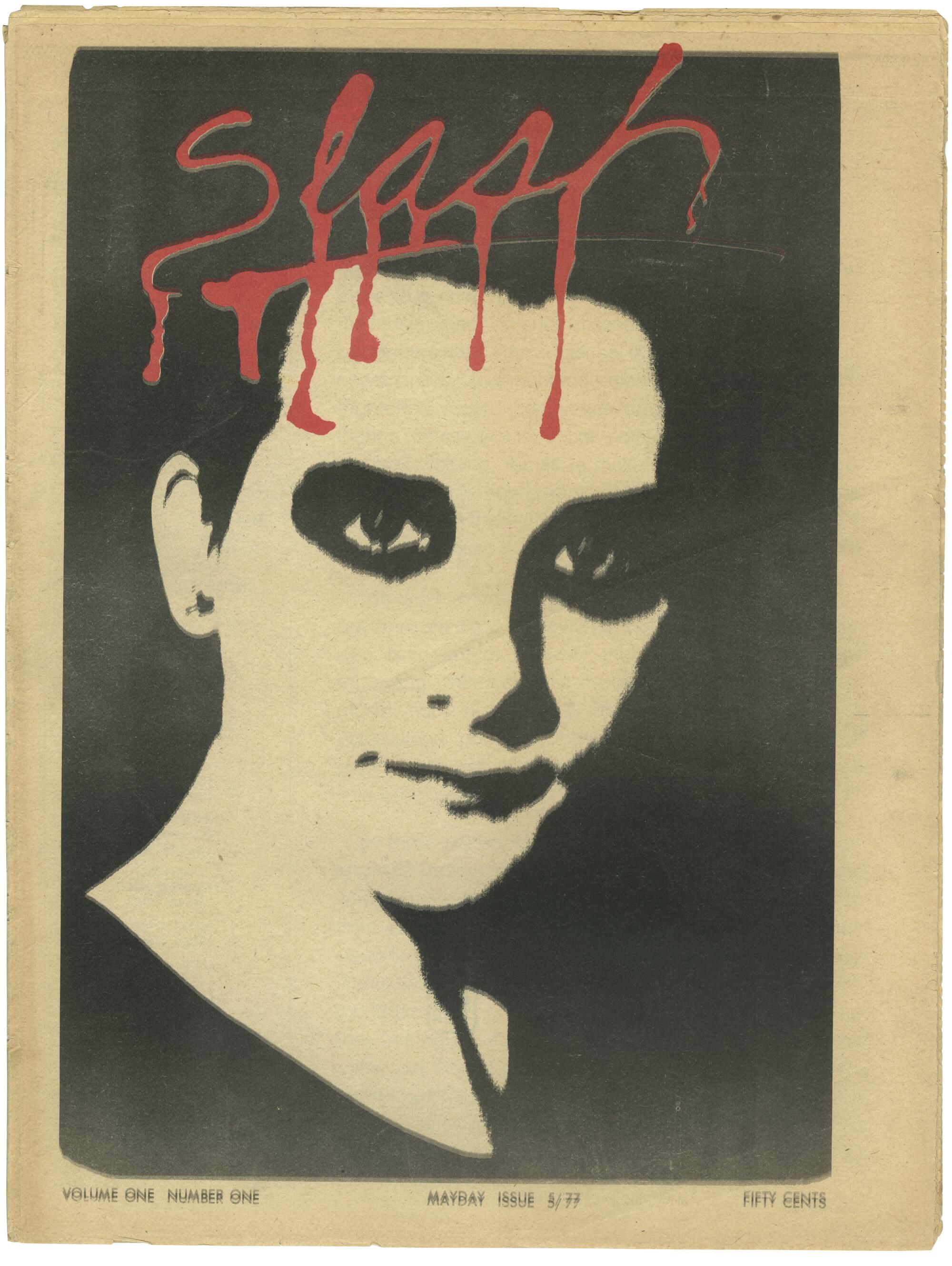
Do you remember your first shoots for Slash?
Yes, a party and a show. The show was at the Starwood when the Damned first came over from London. That was the first English band that came here to play and everyone was so excited. That was the first punk band I saw live. I did a photo session with the Damned at the Screamers’ house in Hollywood, and there was a party with all these people, all these new fans, people I didn’t really know very well. It was like stimulation overload.
I just took my camera everywhere I went. I think I was kind of introverted and being able to take photos was really helpful for me. You had to be very decisive, and you had to make very quick decisions in photography, and I shoot fast anyway, so it kind of worked out.
Can you tell me about the kinds of people that were there?
Everyone you can think of. It was wild: old, young, weird, straight. There wasn’t any type of person that wasn’t there, and that’s what made it kind of fabulous. Everybody was generous to everybody. There wasn’t any competition or weirdness or, “You’re here and I’m not.”
Life changed this week for L.A. girl-punk band the Linda Lindas, whose library performance of “Racist, Sexist Boy” blew up the internet.
Were many of the musicians also artists?
Well, everybody kind of got artistic. People made their own artwork for their singles. They were doing their own posters. They were making their own fanzines. A lot of it was cut and paste. Some of it was photography. Some of it was drawing, but everybody was pretty creative, and even if it wasn’t the best, they did it anyway.
The scene was so small then. Did everyone really know everyone or did it just seem that way?
After a while, I think everybody kind of knew everyone. It doesn’t mean that you hung out all the time, but you saw each other two and three times a week at shows. And then I would see people for the magazine separately. We’d go to the Sunset Strip or walk up and down Hollywood Boulevard together. And that was a shoot. I look back on it, and they are really sweet memories for me because a lot of that stuff isn’t there anymore — like the photo of the L.A. Times guy selling the paper on the street with Tommy Gear of the Screamers sidled up next to him.
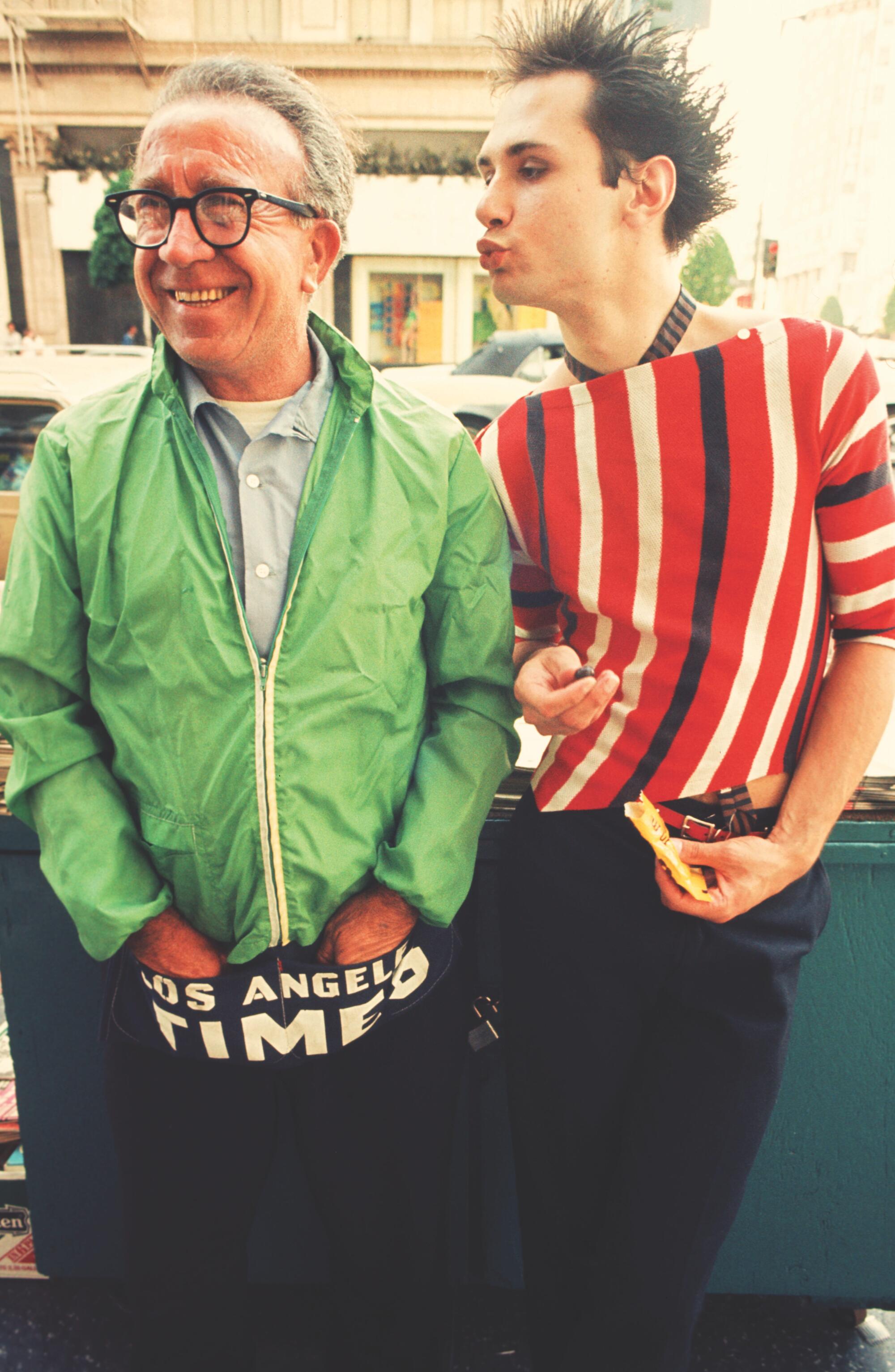
What can you tell me about the Weirdos? I don’t understand how they didn’t get as famous as the Sex Pistols.
I don’t either. I really don’t. That was one of my favorite bands too. We had the singer, John Denney, on the cover of Slash. I really liked working with him. John’s brother [Weirdos guitarist Dix Denney] was really nice too. They had fun, they mugged for the camera. They enjoyed having their photo taken. It wasn’t a hardship. I always felt that was part of my job, to loosen people up.
Let’s talk about the cover photo with Darby Crash of the Germs and Exene Cervenka of X.
This was taken at a Slash party on the roof of the office on Beverly. We had a big party. A million bands came. Darby was just sitting there and Exene was smoking. They are two people that were very important in the punk scene and, aesthetically speaking, I just loved how they looked. I can’t tell if they were bored. Exene was probably bored. I don’t know what Darby was thinking.
On Wednesday, the original members of Los Angeles punk band X dropped their first new studio album in 35 years, in the midst of the coronavirus pandemic.
What was Darby like?
Well, it’s funny because I didn’t know him that well, but to me he was really sweet. I have to say he was a really nice person. Steve and I drove the Germs around one night to a recording studio where they all sang and made a single. Steve and I got to sing on it as well. We had a wild and wonderful night together. I think people think because it was punk, the people were mean or violent. I had nothing but positive experiences.
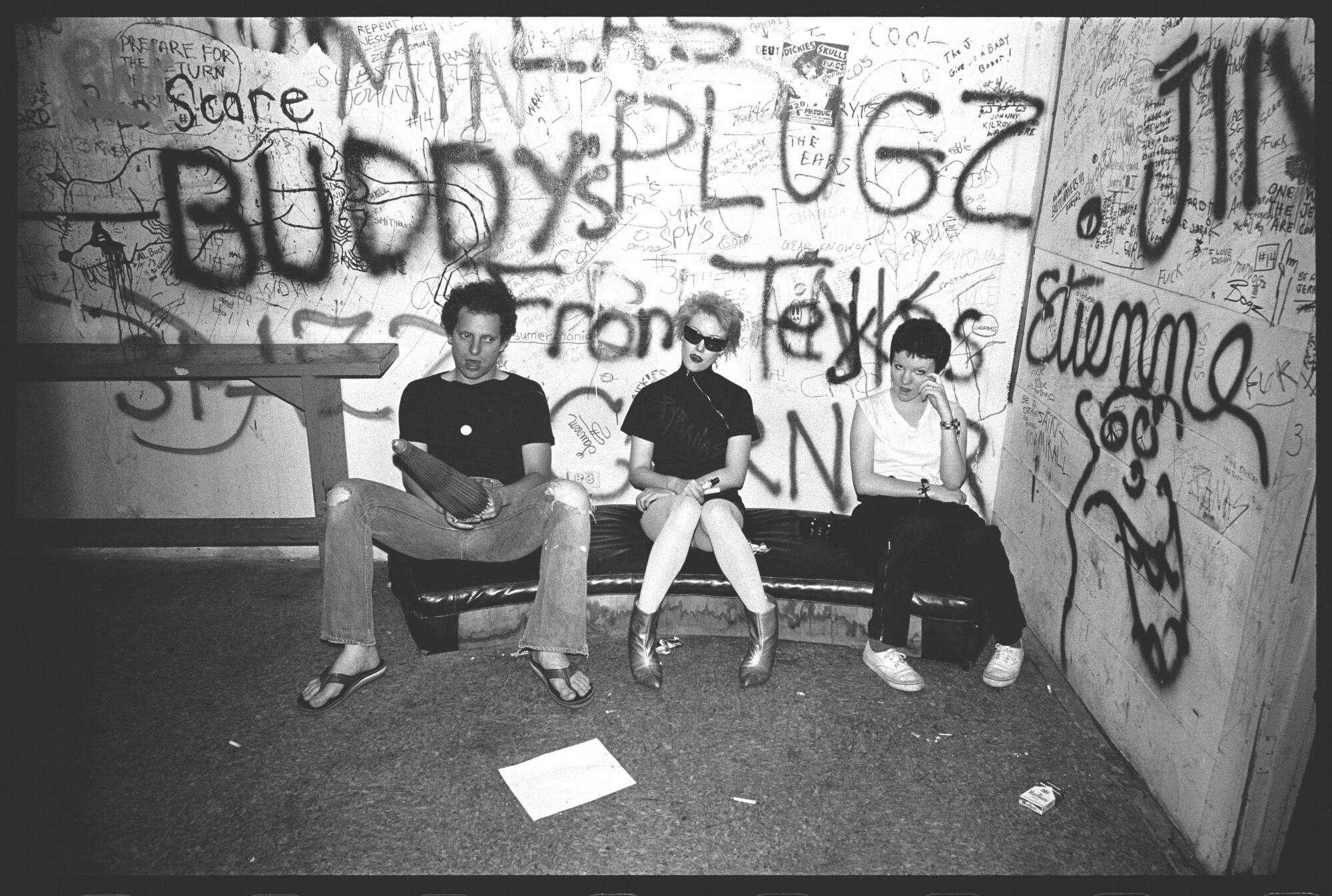
In another photo, you’ve got Craig Lee of the Bags, who would go on to write about punk for The Times, sitting next to Tiffany Kennedy from Castration Squad and someone you don’t remember. Was this photo taken at the Masque, the legendary short-lived club in Hollywood?
Yes. I was attracted to their body language, especially the girl on the end. Everybody has a different personality in that photo. I found stuff like that really interesting.
Did you spend a lot of time at the Masque?
Yes. Because there were so many bands that played there all the time. So you could be at the Masque at least twice a week. There was an intimacy about it and it was very familiar to everybody. It became like a weird home, a punk playhouse.
Was there a moment when you knew your time in the scene was over?
After the three years, I just kind of had to move on. It became a very different scene, and I had kind of done it already. A lot of the bands I had originally worked with weren’t playing anymore. They had gone on to other things, and so did I. It was the end of my relationship with Steve, and my mother was very ill at the time, so that was kind of it for me. Punk didn’t seem very important anymore. Let’s put it that way.

You said you lost a great deal of your work to flooding. What happened?
I didn’t take very good care of my work. Most of it was just thrown in a bag and stuck in a garage. I had a flood at my mother’s house. Then I had another flood at another house. And then I finally had a third flood and that just about did it. I don’t have much left. You can see in the book that there are bands missing. I never really thought anybody was gonna care about these photos again, to be honest with you. So it is what it is.
The impact your work had on not just punk but also design and fashion continues to go on and on. I’m sure you’re aware the first cover of Slash keeps getting repurposed.
I am, and I would have to say that, truly, punk never dies. It gets reincarnated in music, fashion, style and attitude. It’s become highbrow and lowbrow and all over the map.
What did you do after Slash?
I went to work at A&M Records as a designer. I think I worked there for eight years. It was a great company, and I got to work with musicians all over again. Then I was at Warner Brothers and Atlantic and Virgin Records. Slash opened that up for me. It was a corporate situation, but I worked with bands for the rest of my life.
Dan Ozzi’s ‘Sellout: The Major-Label Feeding Frenzy That Swept Punk, Emo, and Hardcore’ tracks the fortunes of Jawbreaker, Jimmy Eat World and others.
You worked with John Lydon of the Sex Pistols?
Yeah. I did the Public Image Ltd cover with the merkin. John Lydon was a weird dude. For no reason, he could be very contentious without being provoked. I really wasn’t used to people acting like that. I get the punk attitude and all that stuff, but this was more about manners.
I take it the L.A. punks were much more polite?
They were.
Ruland’s new book, “Corporate Rock Sucks: The Rise & Fall of SST Records,” will be out April 12.
More to Read
Sign up for our Book Club newsletter
Get the latest news, events and more from the Los Angeles Times Book Club, and help us get L.A. reading and talking.
You may occasionally receive promotional content from the Los Angeles Times.
